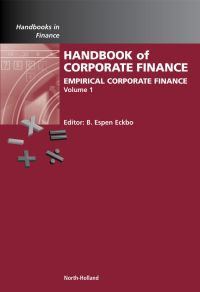Question
14. Now, that we have introduced non-annual compounding, it is important to take a moment to learn about interest rates. Read Section 5-16. This section
14.
Now, that we have introduced non-annual compounding, it is important to take a moment to learn about interest rates. Read Section 5-16. This section describes APRs (these are annual interest rates and this is how we communicate interest rates in finance).
But if rates are communicated annually, but compounding frequencies differ, how can we compare interest rates? For example, an annual rate of 8% compounded semi-annually is different than an annual rate of 7.8% compounded monthly. We can use the Effective Annual Rate (EAR) to compare these two scenarios. Take a look at the EAR formula in section 5-16 and calculate the EAR for the problem below:
9.66% compounded monthly
Remember since this is a formula, the interest rate should be used as a decimal, and convert your answer back to a percentage with two decimals (example 5.25%)
Step by Step Solution
There are 3 Steps involved in it
Step: 1

Get Instant Access to Expert-Tailored Solutions
See step-by-step solutions with expert insights and AI powered tools for academic success
Step: 2

Step: 3

Ace Your Homework with AI
Get the answers you need in no time with our AI-driven, step-by-step assistance
Get Started


